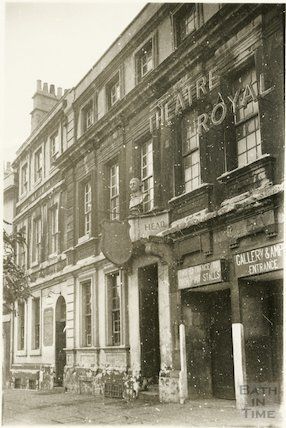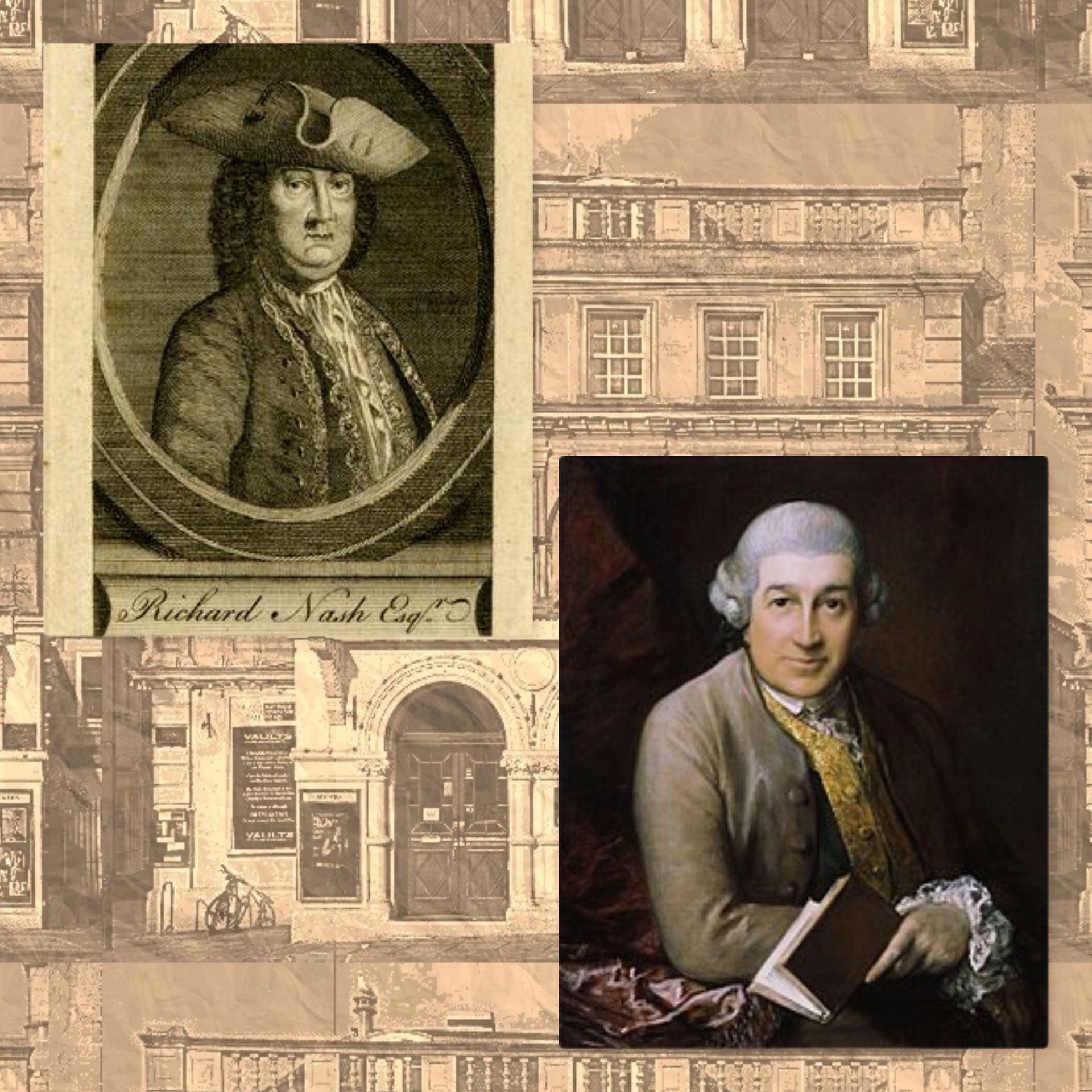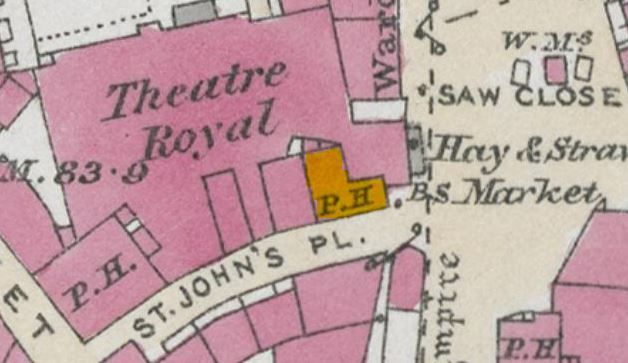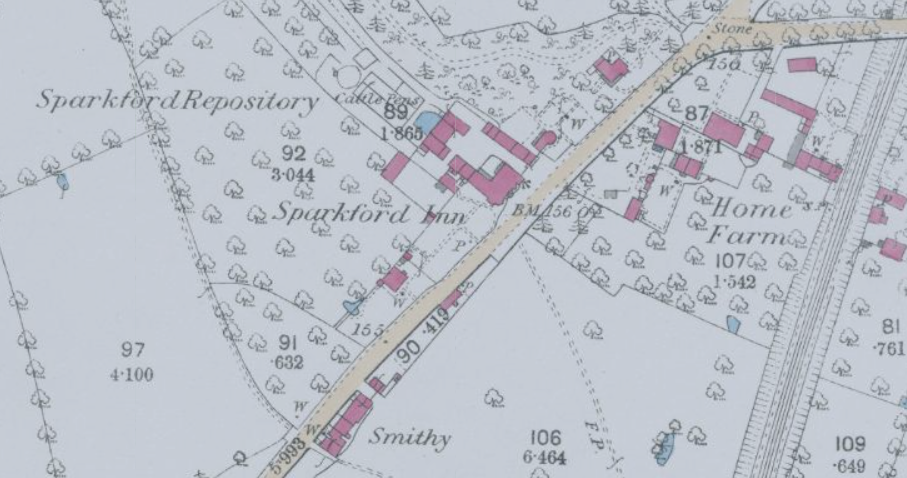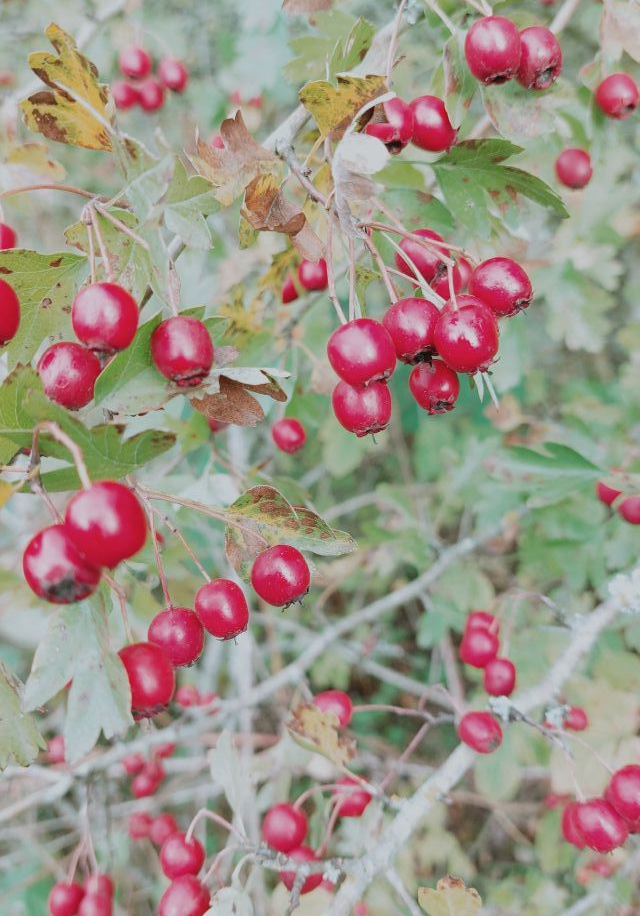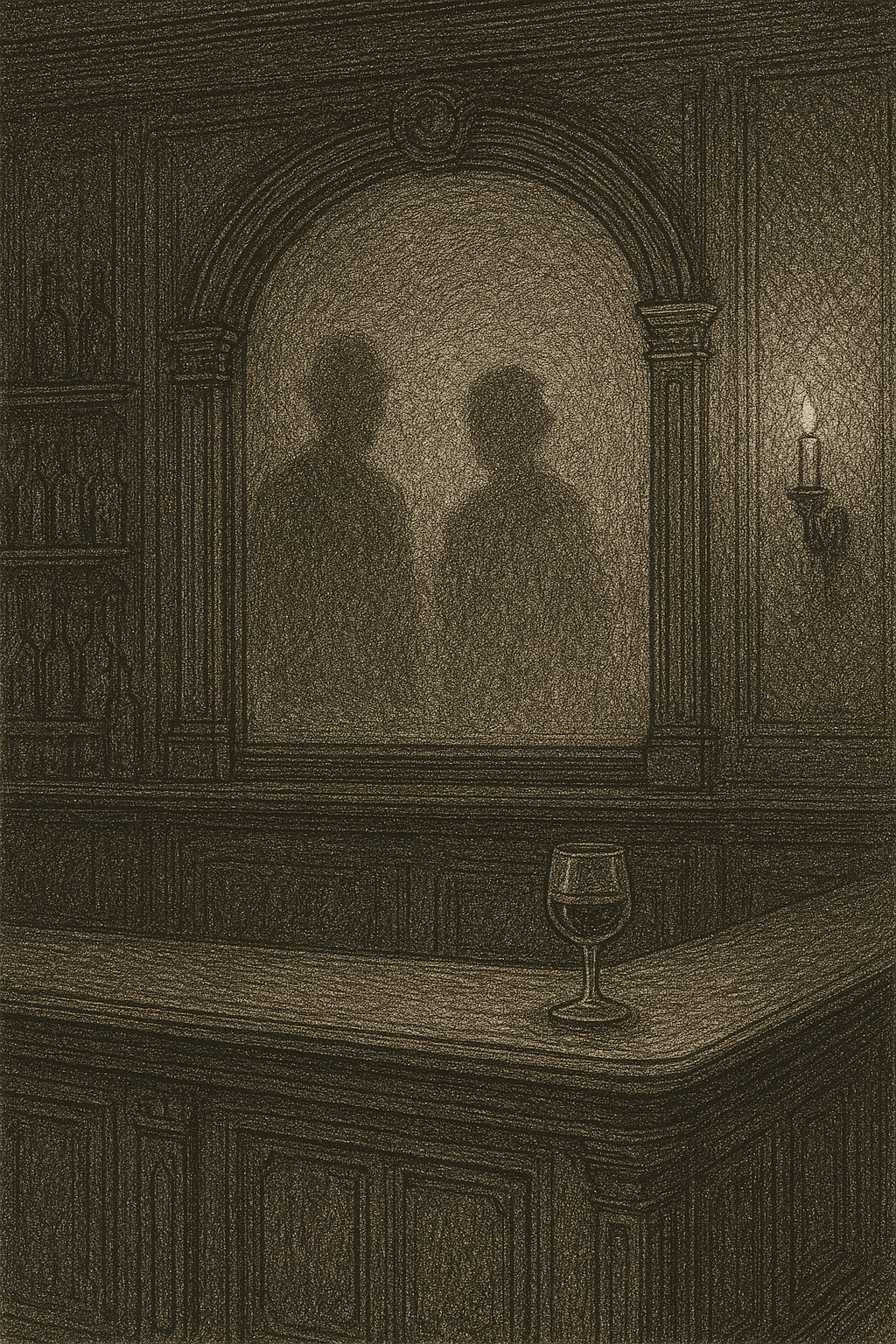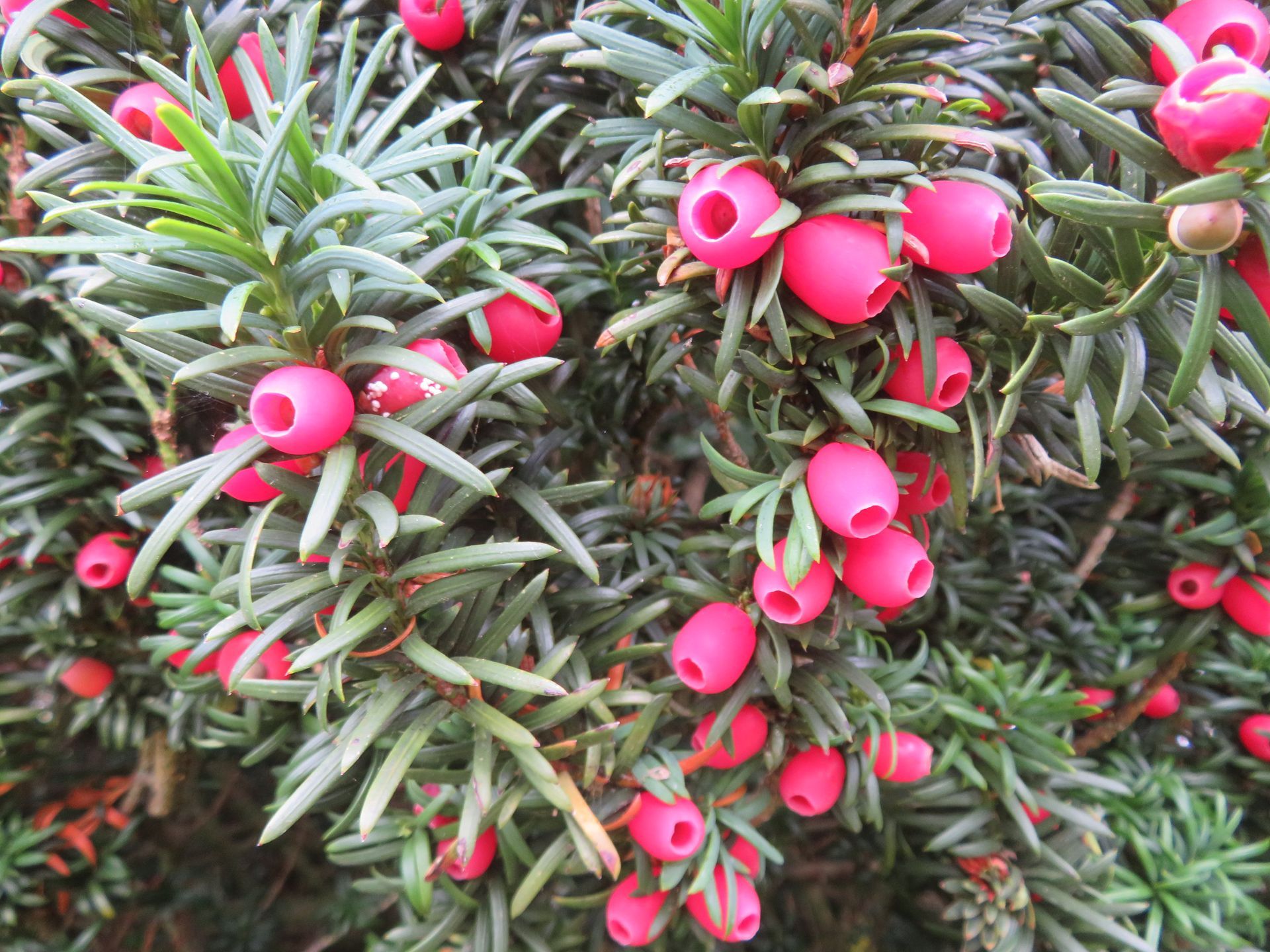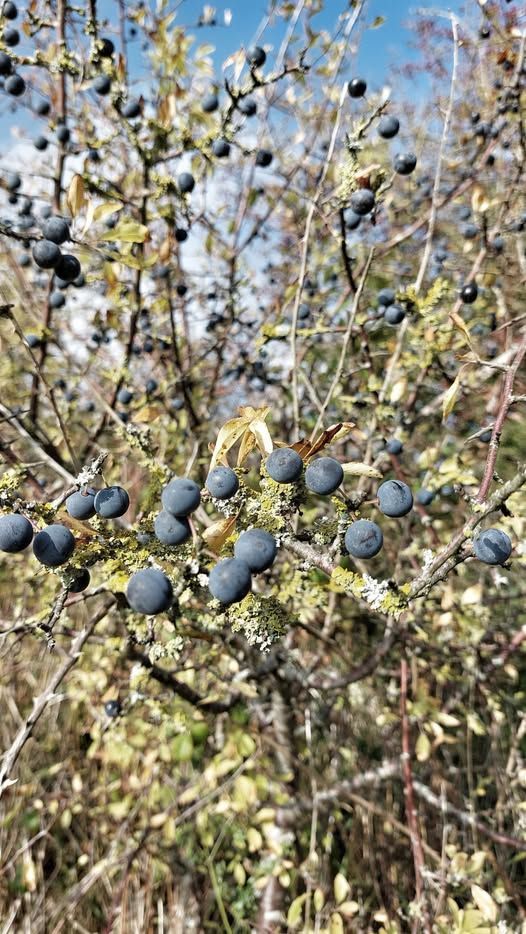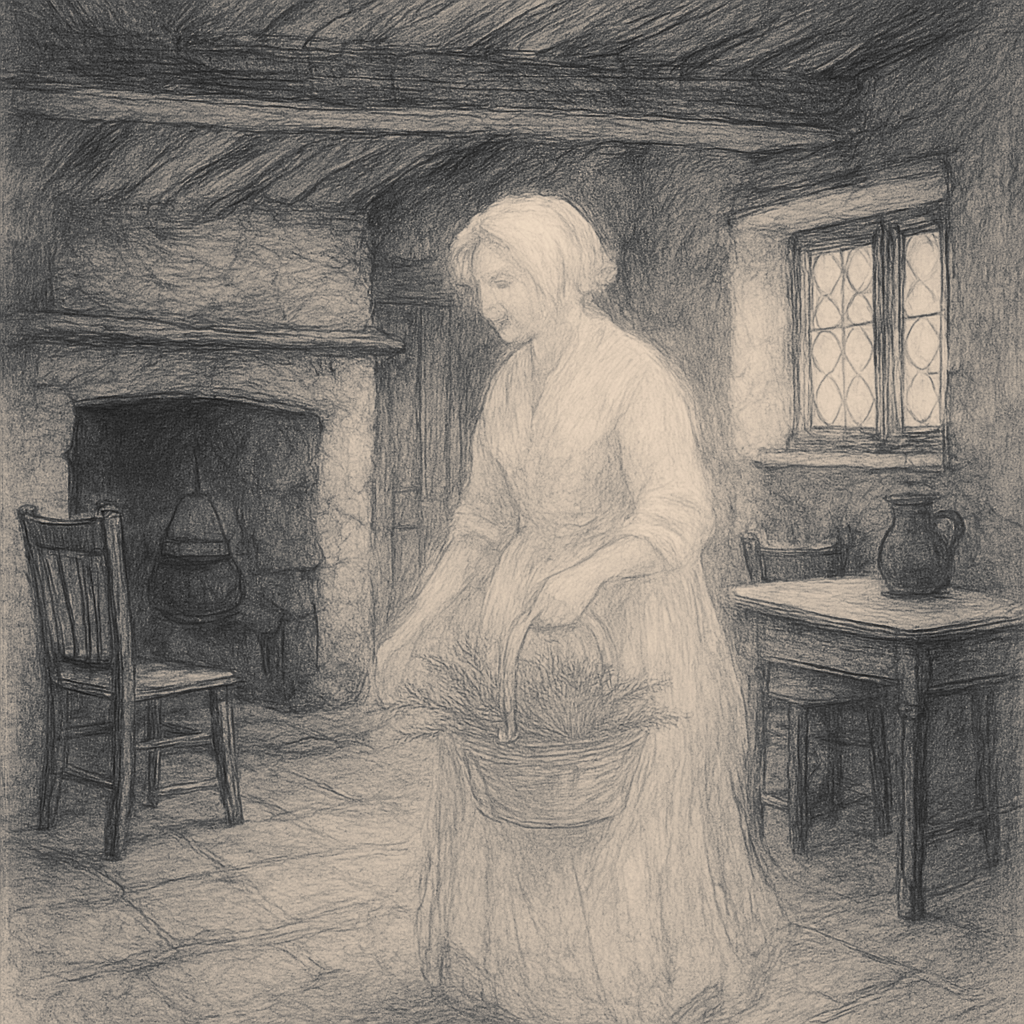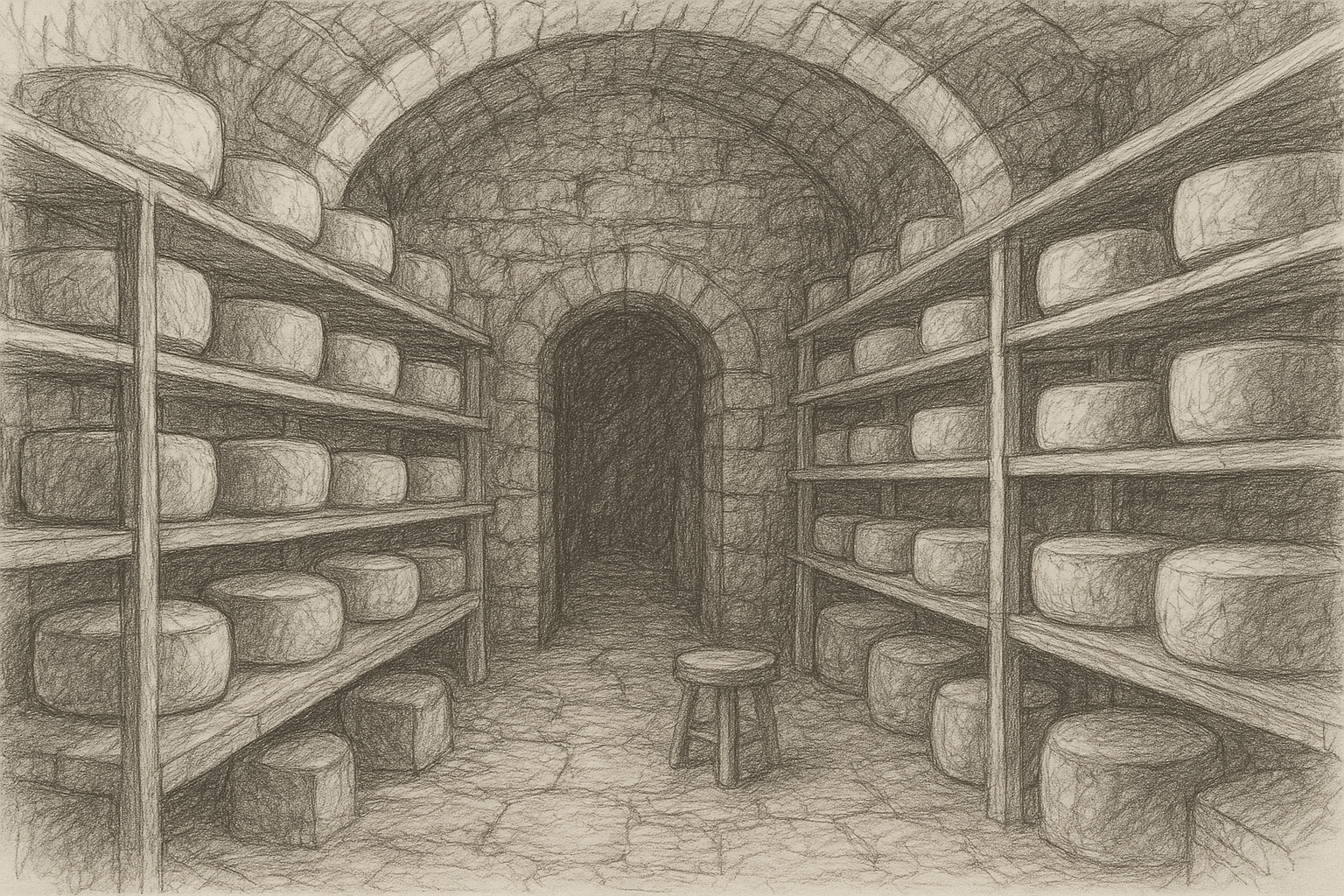The Garrick's Head Pub - Bath
The Garrick's Head Pub - Bath
History -
The Garrick’s Head at 7-8 St. Johns Place, Bath can be found adjacent to the Theatre Royal and is Grade II listed.
The Garrick's Head was constructed by Thomas Greenway for Richard ‘Beau’ Nash circa 1720.
It stood in splendid isolation just outside the city walls and was evidence of the expansion of Bath in the early 18th century.
It was once one of the homes of the dandy and Master of Ceremonies for Bath, Richard Beau Nash (Born 18 October 1674 – Died 3 February 1761)
Nash is best known for his role as the Master of Ceremonies and undisputed social leader of Bath when the spa town was a fashionable destination in the 18th century.
The house was referred to locally as a palace and this further enhanced Nash’s image as the ‘King of Bath’.
The theatre was built in 1805
The Garrick’s Head bears the name of famed 18th century actor David Garrick.
He was among the later tenants when the building was still used for residential purposes to save him the bother of having to go out into the streets to go into next door he had a doorway made through the wall into the theatre.
Hauntings -
The building has many ghost stories and seems to have a traumatic past.
One is that a murder took place when a husband who had discovered his wife was having an affair find himself sitting at the gambling table close to the man that he knew was his wife's lover. He was suddenly overcome by insane jealousy and is said to have pulled out his sword and attempted to run through his heart and kill the man.
Apparently he missed his heart but succeeded in his intention to kill him, his wife took this very badly.
On finding out of her lover's death she rushed to the scene, screaming for her husband who had since left.
She then took it upon herself to very dramatically leap out of the window but it's not sure whether this show was intentional and she was trying to commit suicide or whether she was just in such a state of hysteria she was unaware of what she was doing..
It's thought that this possible outburst emotions and energy could have created psychic or residual energy which explains the alleged scream which can be heard audibly in the pub as it's thought the demented woman relives her full and massive sense of loss.
There is also a lot of poltergeist activity that items get moved sometimes in front of onlookers including candles and bunches of keys, in the 1990's a heavy old fashioned cash register was moved from the top of the bar and thrown across the room with such a force that it smashed a chair.
Wall cupboards shake for no obvious reason and money goes missing only to reappear later on few days later in locked rooms.
The pubs cellar has its fair share of activity with items having been moved around and then disappear.
A Regency styled gent with a large wig has been seen making his way through the door in between the pub into the theatre, this is thought to be David Garrick.
The strong but pleasant smell thought to be jasmine is also smelt in the pub as well as the cellar and is thought to be linked to the ghost of the lady who is said to have hung herself in one of the bedrooms.
She was apparently the prize to be won in a duel between two men one of whom she loved but was killed.
Her presence is thought to be of her remorse at his death which will not let her rest in peace, although it's not clear whether this is the same lady as previous mentioned or another one again as a death seems to be similar circumstances of a lover being killed and then subsequently committing suicide.
The smell of jasmine is also reported in the theatre accompanying the Grey Lady there.
When the two buildings were as one and its said that the box in the theatre where the Grey Lady is sometimes seen, was actually her bedroom in the original building.
She has also been spotted by Liza Goddard whilst she was on stage.
Guests staying in the pubs rooms also seem to have disturbed nights with knocking on doors in the dead of night, door handles turning , mysterious footsteps and a sinister laugh!
One of the rooms is said to be particularly alarming as a guest woke up to feel rope burns on his neck only to be told that it was the room that a lady had hung herself.
Another anomaly is said to be that of a blood stain which allegedly appears in the exact same spot at a certain time of year on the pub’s floor.
In the 1970's, Margaret Royal was a lady in Bath with a great deal of psychic knowledge.
She began to investigate and acquire stories from the witnesses of paranormal events in Bath.
Margaret Royal decided to create a ghost walk starting from the Garrick's Head and heading into the most haunted parts of Bath, telling the various stories she had uncovered on the way.
It was on this that it was discovered that the Theatre Royal and the Garrick's Head shared the same spirits.
Additional Third Party Comments-
*The Garrick’s website states that ‘Our two resident ghosts have yet to put in an appearance during our time at the pub however there are countless first hand accounts of supernatural happenings.’
*The author and investigator Andrew Green (Born 28 July 1927 – Died 21 May 2004) gave the following account of the case:
‘The ghost here is so closely linked with the Theatre Royal next door that it is assumed to one and the same, though mysterious knocks and raps and an occasional poltergeist incident associated with the haunting effect only the pub.
Establishing that the apparition who visits the theatre is a woman is the ‘scent of beautiful jasmine’, though experienced mysteriously in the cellars.
A number of artists appearing in a production at the theatre have witnessed the misty grey shape in one of the boxes, and others have noticed that it travels out of the window in a room just above the main bar.
Frequently the smell of jasmine accompanies these ‘visitations’.
The phantom is supposed to that of a young woman who jumped to her death in the 1800’s when here lover was killed in a duel with her husband.
Another belief, however is that she hanged herself in a bedroom.
But why should she frequent this pub, especially it seems the cellar, is an utter mystery.
Could it be that the site of the dual was in the pub or perhaps she may be buried beneath the barrels?’
Thoughts-
There seem to be lots of different reports of these various women in and around the building which all have similar details but all separate.
Are they the same woman? or several?
What is causing the poltergeist activity and audible knocking and footstep sounds ? or is it just an old building settling down.
As for the blood stain, there is no photographic evidence and this is not mentioned in reputable ghost books about the pub, so is this a figment of an overactive imagination and a gruesome story to tell the patrons of Baths ghost walks over the years.
As I was aware of this story back in the 1990's
Or is there an element of truth to it and could it have a natural or environmental explanation?
Together with the stories from the Theatre which are many, one starts to wonder Dear Readers, what happened in this spot and on this land to create such a maelstrom of paranormal activity, making it truly Bath's central paranormal hotspot.
I will have a look to see if I can find out anything about the suicides of the women and look back to see what may have been there prior to this building although its on the edge of the old City walls.
© Bath Paranormal/ P Wallace
Sources - Spooky Isles, Garrick's Head website
Paranormal Bath - Malcolm Cadey
Haunted Bath - David Brandon
Photos - Bath in Time 1945
Maps 1645 & 1888 - Know your Place
#hauntedbath #bathparanormal #paranormalbath #bathghoststories #ghostsofbath #hauntedpubs #Halloween
Share
